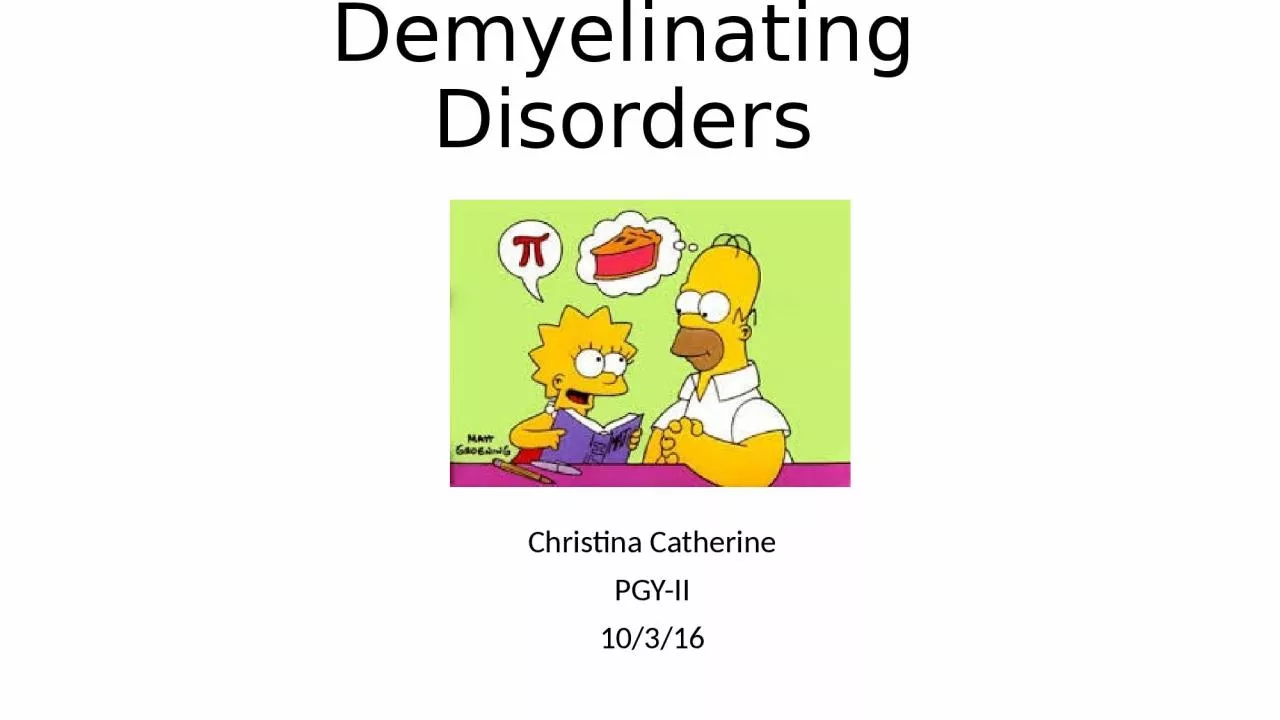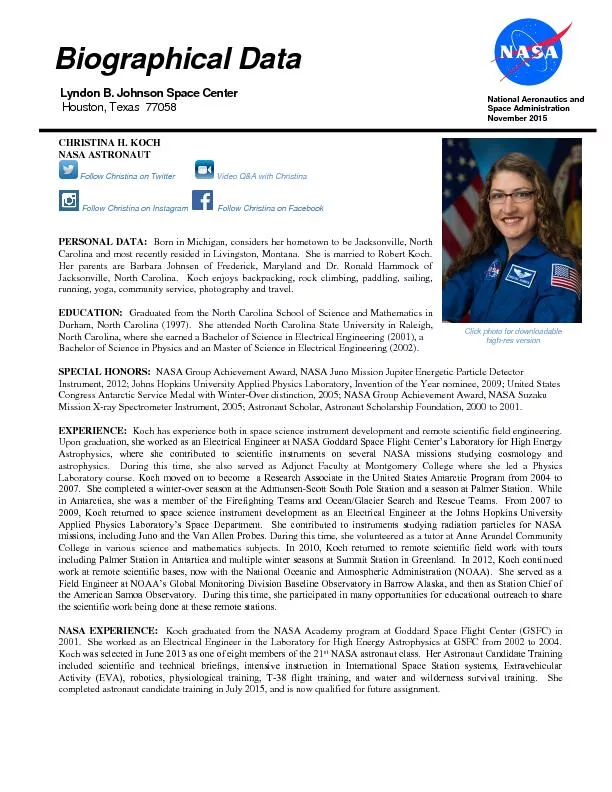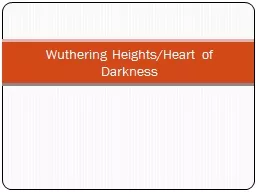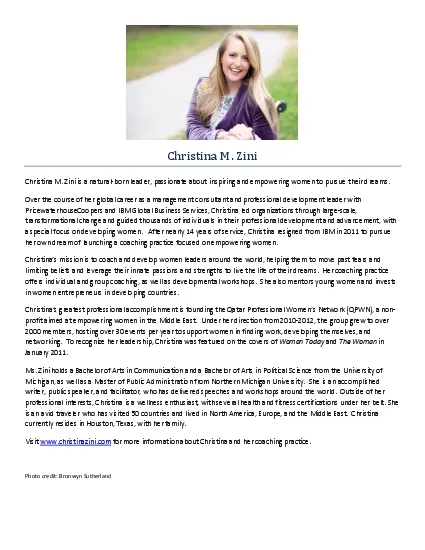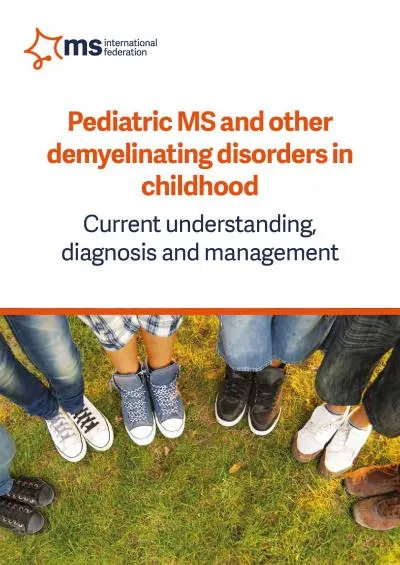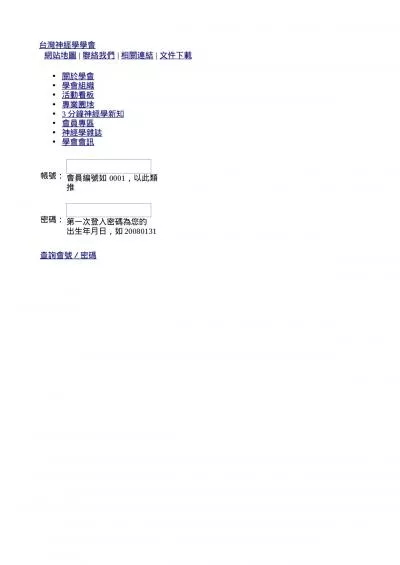PPT-Demyelinating Disorders Christina Catherine
Author : hanah | Published Date : 2022-06-11
PGYII 10316 Demyelinating disorders Can be divided between congenital and acquired Congenital disorders include Adrenoleukodystrophy Metachromatic leukodystrophy
Presentation Embed Code
Download Presentation
Download Presentation The PPT/PDF document "Demyelinating Disorders Christina Cather..." is the property of its rightful owner. Permission is granted to download and print the materials on this website for personal, non-commercial use only, and to display it on your personal computer provided you do not modify the materials and that you retain all copyright notices contained in the materials. By downloading content from our website, you accept the terms of this agreement.
Demyelinating Disorders Christina Catherine: Transcript
Download Rules Of Document
"Demyelinating Disorders Christina Catherine"The content belongs to its owner. You may download and print it for personal use, without modification, and keep all copyright notices. By downloading, you agree to these terms.
Related Documents

